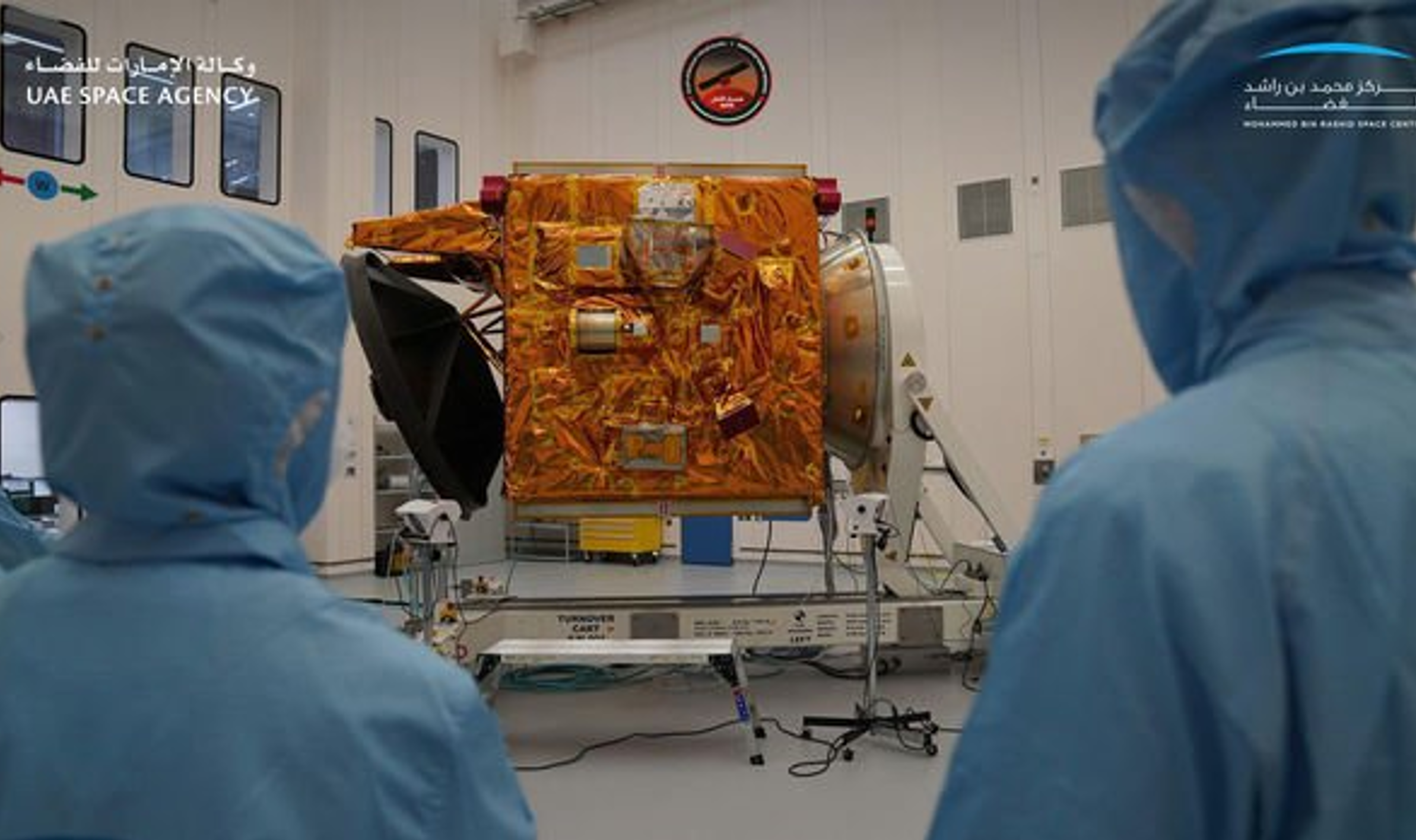Figure 1: UAE’s space probe Amal enters Mars orbit
“The hairs on the back of my neck are standing up, I’ve got goosebumps. What an amazing achievement,” says a senior official at the UAE Space Agency Fahad Al Meheiri.
MISSION HIGHLIGHTS:
Name: Emirates Mars Mission
Probe: Hope Probe
Launched date and Location: 20th July 2020, Tanegashima Space Centre, Japan
Mission Duration: One Martian Year, which makes 2 Earth years
The Hope probe of the UAE space agency has entered Martian orbit successfully. "Success! Contact with #HopeProbe has been established again. The Mars Orbit Insertion is now complete," the tweet said. Now, UAE (United Arab Emirates) is the fifth nation among those who were successfully able to reach Mars, which includes Indian, European, Russian, and US space agencies. Amal (a.k.a. Hope) has now completed the riskiest part of its mission i.e., a two-year mission.
UAE’s hope probe is designed to disclose and reveal the ambiguities and secrets of the Martian weather. Additionally, UAE also wants Amal to serve as an inspiration for their youth, so they consider pursuing astronomy and space sciences as their career paths. The Missions project manager, Omran Sharaf said “To the people of the UAE, to the Arab and Muslim nations, we announce the successful arrival to Mars’ orbit. Praise be to God,”
Moreover, the Hope mission is the first interplanetary mission by any Arab state. This shows UAE’s efforts to develop and enhance its technological and scientific capabilities to reduce its reliance on oil. UAE is also making plans regarding Mars settlement in the future. Amal was constructed at the University of Colorado Boulder and the Mohammed bin Rashid Space Centre (MBRSC) in Dubai. The project was led by a team of engineers from both institutions and other US partners.
Amal, the US $200-million probe rotated and fired all six of its powerful thrusters intensely and forcefully decelerate its average cruising speed of 121,000 kilometers per hour to about 18,000kp. As the clock ticked down, Dubai's Burj Khalifa, lit up in red with blue laser lights and emitted into a light and wellspring show with information on the accomplishment.
Fatma Lootah, member of the mission’s science team at the MBRSC said “The past seven years of our lives have revolved around preparing for this moment. And the moment was surreal,”. She also said “We are very excited for what is yet to come.”
Figure 2: Sheikh Mohammed bin Rashid, Vice President of UAE and Ruler of Dubai, centre, announces plans for the Emirates Mars Mission. The name of the probe is Amal or Hope Kamran Jebreili
On 9 February, at around 16.00 UTC, Hope Probe successfully entered Mars orbit. This was a 7-month journey following Hope’s launch from Japan on 20 July 2020. Hope fired the main engines for 27 minutes in a complex maneuver which then reduced the crafts speed so that it gets captured by Mars gravity. Finally, the signals confirming Hope's success were received on Earth in about 15 minutes or so. Expectantly, Hope will start to transmit information back to Earth in September 2021. The data will be available for scientists all around the world. Furthermore, the probe will orbit the Red planet for at least one Martian year or 687 days where it will be using three scientific instruments to monitor Martian weather and atmosphere. The UAE, Hope probe will not land on Mars like the other two Mars missions that are designed to land on the surface of the red planet i.e China’s Tianwne-1 and the Mars 2020 Perseverance from NASA, USA.
Since, signals from the red planet take 11 minutes to reach earth, so engineers were not able to operate Hope remotely from mission control in real time. However, Hope acted alternatively using the commands uploaded four days ahead of time.
Pete Withnell, program manager for the Hope mission at the University of Colorado says “hope was designed to have “some level of smarts” to cope with surprises during the manoeuvre”
Figure 3: UAE Hopes Journey
Now, Hope is in an elliptical holding orbit whereas engineers test and commission its instruments, ready to move. This elliptical orbit is what makes the mission special because it will allow Hope’s three instruments i.e., a high-resolution image, infrared and ultraviolet spectrometers to observe each geographical region of Mars. A global map of Martian weather will also be created through this approach.
The data will be available to the global scientific community without any restrictions once it is processed. Sarah Al Amiri says the first tranche of data should be released by September. The data will allow researchers to analyze the planet’s atmosphere, from dust storms in its lower reaches to its outermost layer, the exosphere from which hydrogen and oxygen escape into space. The data will also help scientists to piece together how activities in the various atmospheric regions influence each other.
Figure 4: Sarah al-Amiri: The woman leading UAE's Mars mission
Al Amiri says, Data from unplanned opportunistic experiments during the time when Hope was in journey, is being analyzed by the scientists. In one of these experiments, Hope looked across the Solar System at the European Space Agency’s BepiColombo spacecraft, which is travelling to Mercury. By observing each other across the same stretch of space, the two craft should have seen the same levels of hydrogen, which allowed teams to cross-calibrate their instruments and examine the distribution of hydrogen in the Solar System.
15 years ago, UAE launched its first space mission. At that time, it started work with the Satrec Initiative, a company based in Daejeon, South Korea, to build an Earth-observation satellite. Moreover, UAE also announced its plan to send a rover to the Moon in 2024. Unlike the Emirates Mars Mission, which involved hundreds of Emirati engineers but saw Hope designed and built mostly in the United States, the rover is intended to be developed solely in the UAE. Al Amiri called this mission an “emotional rollercoaster”. “Every point of celebration is followed by several points of worry, waiting for the next point of celebration,” Al Amiri says.
Figure 5: Hope before it took off
Due to the successful landing of the Hope Probe, a marvelous boost was given to the UAE’s space ambitions. Thomas Zurbuchen, NASA’s science mission chief, tweeted saying: “Your bold endeavor to explore the Red Planet will inspire many others to reach for the stars. We hope to join you at Mars soon” with Perseverance Rover.
The UAE is considering Hope to burn the passion and imagination of the country's scientists and its youth. Al-Amiri, the chair of the space agency said, “This has opened a broad realm of possibilities for everyone in the UAE and also, I truly hope, within the Arab world.”
This Article was written by Rida Fatima
Rida Fatima is a graduate of BS Biosciences from Capital University of science and technology, Islamabad, Pakistan. She is a passionate and dedicated space educator and is running a blog on Instagram as well. Rida is a member of the Astrobiology network of Pakistan (ABNP).





